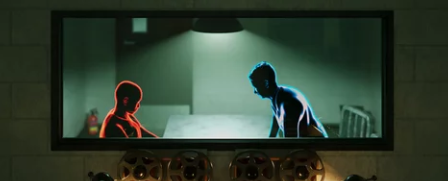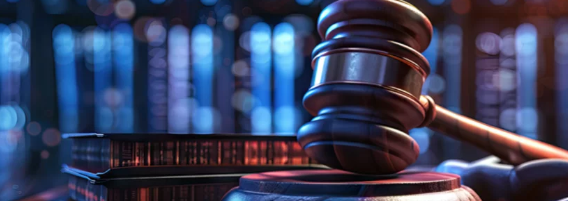Believe it or not, our memories are not perfect photographs. They are influenced by what happened and our existing knowledge and understanding of the world.
Bartlett's War of the Ghosts: Memory Reconstruction
Goldstein (2019) writes about a classic study by Bartlett in 1932:
- Participants read a story from Canadian folklore and were then asked to recall it at various intervals.
- Interestingly, over time, their memories became shorter and contained inaccuracies.
- However, the exciting part was that their memories often reflected their cultural background rather than the story's origin.
- For instance, canoes became boats, and a hesitant participant transformed into a courageous fighter.
Barlett's work highlighted various sources, including our experiences, to fill the gaps and create a coherent narrative.
Making Inferences: Filling in the Blanks
Our memories are also influenced by inferences we make based on our knowledge. Imagine being asked to wait in an office before a psychology experiment. Later, you're asked to recall the office details. You might report seeing bookshelves, even if there weren't any. Why? Because your "office schema" includes books as a common element.
Schemas are mental frameworks for various situations, like banks, restaurants, or classrooms. They help us organize information and make inferences about what might be present, even if we don't see it (Goldstein 2019).
Scripts: The Power of Sequence
Goldstein (2019) tells us that scripts are similar to schemas, but they focus on the sequence of events in a familiar situation:
- Think of your coffee shop routine: waiting in line, ordering, paying, getting your drink. Scripts can influence memory by creating expectations about what typically happens.
Memory: A Tapestry of Experience
These examples highlight that memory is a complex process. Our experiences, knowledge, and cultural background all weave together to create a unique tapestry of memories. Understanding these influences is crucial for interpreting memories accurately, especially in situations like eyewitness testimony.References
Goldstein, B. (2019). Cognitive Psychology: Connecting Mind, Research, and Everyday Experience (5th ed.) [Review of Cognitive Psychology: Connecting Mind, Research, and Everyday Experience]. Cengage

















